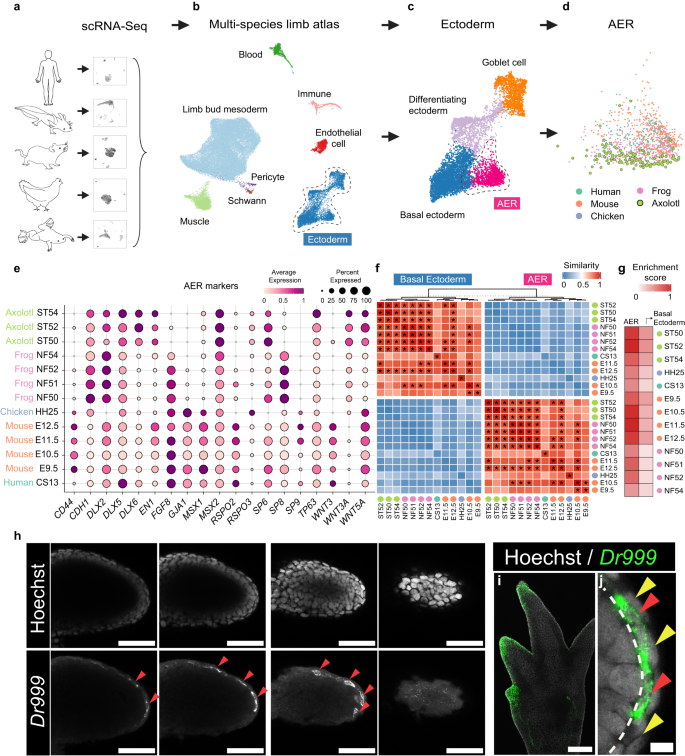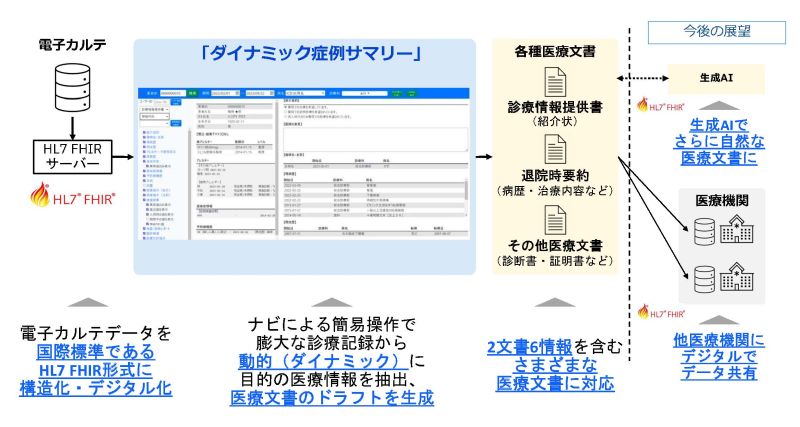2023-10-17 スイス連邦工科大学ローザンヌ校(EPFL)
◆研究では、アホロートル、ヒト、マウス、ニワトリ、カエルなど複数の種の個々の細胞のトランスクリプトームを比較し、脚の発達と再生中の遺伝子発現プロファイルを詳細に調査しました。アホロートルは、他の種と同様に基本的な脚の発達プログラムの一部を使用しますが、異なる細胞タイプに分かれています。この発見により、哺乳類、特にヒトの脚再生の多くの戦略を探ることが可能になりました。
<関連情報>
- https://actu.epfl.ch/news/decoding-the-axolotl-a-new-path-for-limb-regrowth/
- https://www.nature.com/articles/s41467-023-41944-w
多種のアトラスがアホロートルの四肢の発生と再生のパラドックスを解決。 Multi-species atlas resolves an axolotl limb development and regeneration paradox
Jixing Zhong,Rita Aires,Georgios Tsissios,Evangelia Skoufa,Kerstin Brandt,Tatiana Sandoval-Guzmán & Can Aztekin
Nature Communications Published:10 October 2023
DOI:https://doi.org/10.1038/s41467-023-41944-w

Abstract
Humans and other tetrapods are considered to require apical-ectodermal-ridge (AER) cells for limb development, and AER-like cells are suggested to be re-formed to initiate limb regeneration. Paradoxically, the presence of AER in the axolotl, a primary model organism for regeneration, remains controversial. Here, by leveraging a single-cell transcriptomics-based multi-species atlas, composed of axolotl, human, mouse, chicken, and frog cells, we first establish that axolotls contain cells with AER characteristics. Further analyses and spatial transcriptomics reveal that axolotl limbs do not fully re-form AER cells during regeneration. Moreover, the axolotl mesoderm displays part of the AER machinery, revealing a program for limb (re)growth. These results clarify the debate about the axolotl AER and the extent to which the limb developmental program is recapitulated during regeneration.


